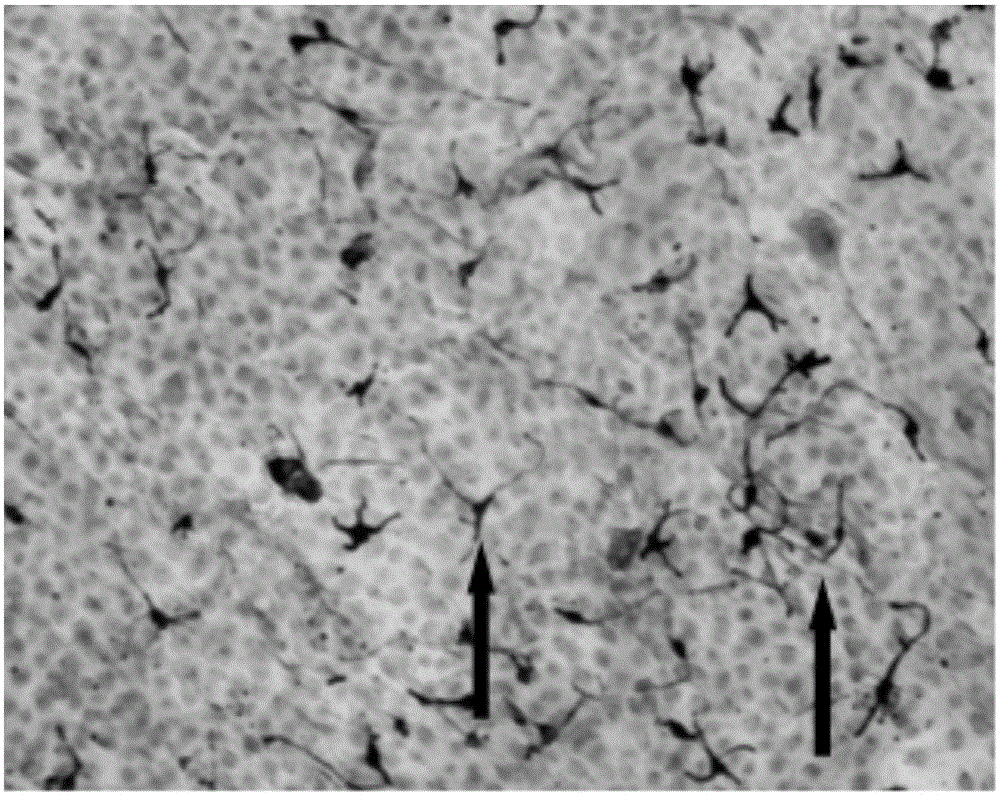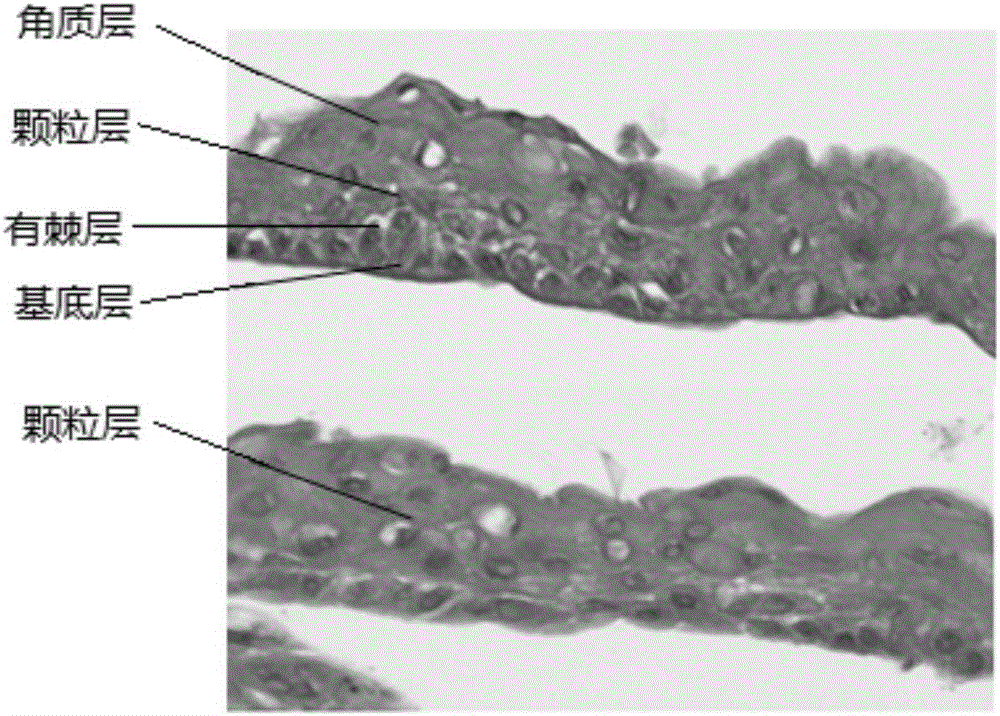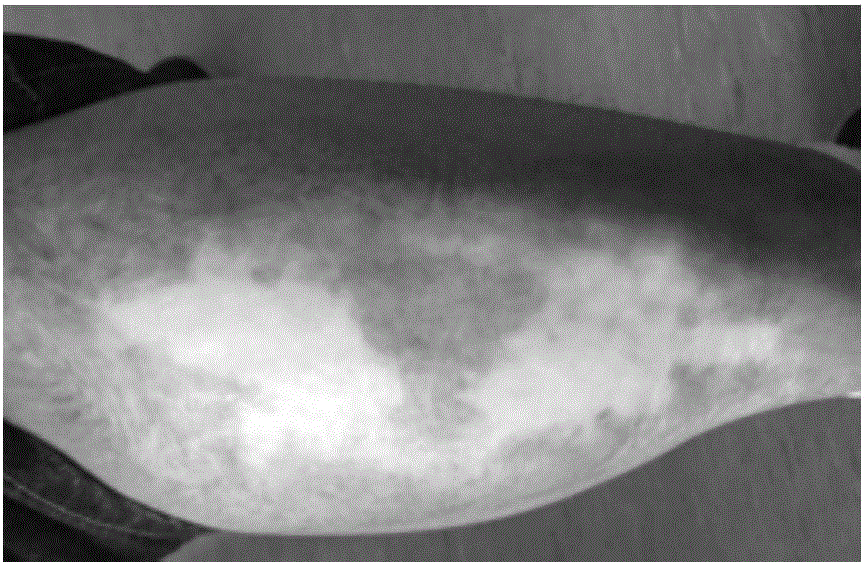Culture method for acquisition of tissue-engineered epidermis and application of culture method
A technology of tissue engineering and culture method, which is applied in artificial cell constructs, medical science, prostheses, etc. It can solve the problems that all kinds of cells cannot be guaranteed to grow well, the structure of natural skin is different, and the metabolic activities are not clear.
- Summary
- Abstract
- Description
- Claims
- Application Information
AI Technical Summary
Problems solved by technology
Method used
Image
Examples
example 1
[0064] Example 1: Successful cultivation of epidermal patches using adult breast skin.
[0065] (1) Materials and methods
[0066] Sample: About 3cm of adult normal chest skin discarded by hospital surgery 2
[0067] Skin medium: KGM-Gold medium, DMEM / F12 mixed medium
[0068] (2) Cell isolation and skin slice culture
[0069] a) The skin sample is refrigerated and transported to the laboratory in DMEM culture medium, and the area is measured;
[0070] b) Clean the sample with PBS; repeat the cleaning of the sample after disinfection with iodine tincture and alcohol, cut off 2 / 3 of the dermis and chop it;
[0071] c) 0.05% trypsin (DPBS and 0.25% trypsin / EDTA according to the ratio of 4:1) digested the sample cold for 12-16 hours; add trypsin inhibitor to stop the digestion;
[0072] d) Type I collagenase at a concentration of 0.05%-0.5% continues to be thermally digested for 2-6 hours, after filtering, centrifuging, collecting epidermal cells and inoculating them in cult...
example 2
[0080] Example 2: Application of autologous epidermal membrane transplantation in repairing burn scars.
[0081] Skin slice culture and quality inspection: the specific steps refer to the description in Example 1;
[0082] Skin grafting: on the patient's scar site (such as Figure 3-1 , hypopigmented leukoplakia) was disinfected with medical alcohol, and the epidermis and scar tissue were removed with a surgical water knife. Spread the epidermal membrane sheet obtained in Example 1 on the surgical site. Cover with sterile gauze and secure with a bandage.
[0083] Results: After 3 months of transplantation, the first follow-up was conducted to observe the scar repair at the transplanted site. The tissue-engineered epidermis was well integrated with its own tissue. Because some parts were cut too deeply during the operation, hypertrophic scars were formed, which were slightly darker than other parts (such as Figure 3-2 ), but as time goes on, it gradually returns to the same...
PUM
 Login to View More
Login to View More Abstract
Description
Claims
Application Information
 Login to View More
Login to View More - R&D
- Intellectual Property
- Life Sciences
- Materials
- Tech Scout
- Unparalleled Data Quality
- Higher Quality Content
- 60% Fewer Hallucinations
Browse by: Latest US Patents, China's latest patents, Technical Efficacy Thesaurus, Application Domain, Technology Topic, Popular Technical Reports.
© 2025 PatSnap. All rights reserved.Legal|Privacy policy|Modern Slavery Act Transparency Statement|Sitemap|About US| Contact US: help@patsnap.com



